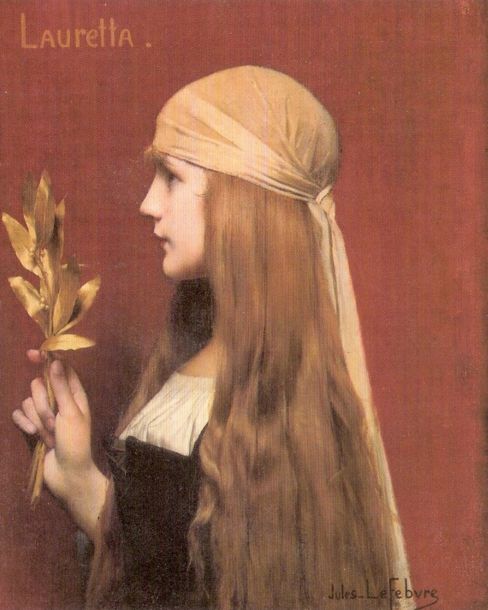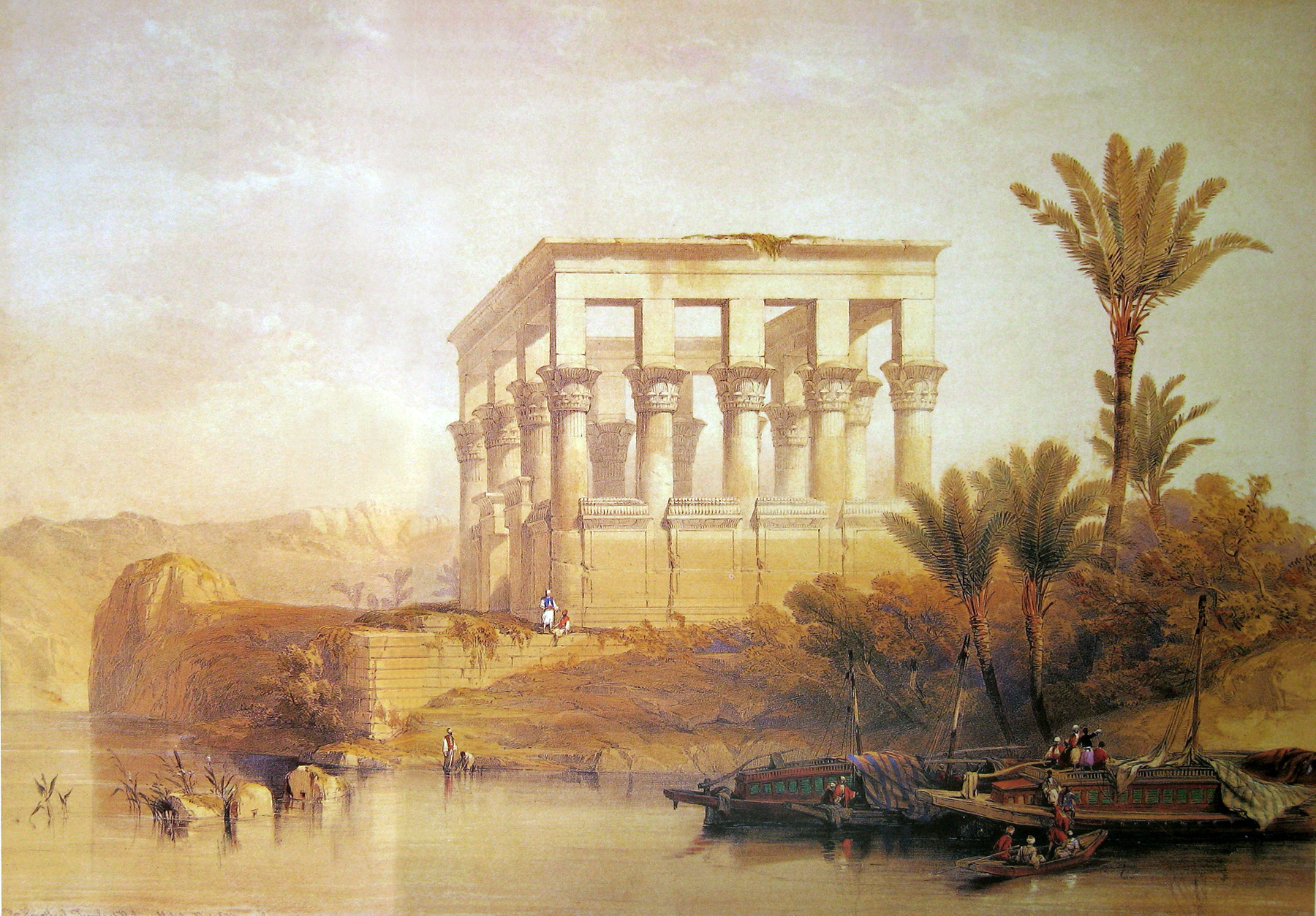|
The Manuscript Found In Saragossa
''The Manuscript Found in Saragossa'' (; also known in English as ''The Saragossa Manuscript'') is a frame-tale novel written in French at the turn of 18th and 19th centuries by the Polish author Count Jan Potocki (1761–1815). It is narrated from the time of the Napoleonic Wars, and depicts events several decades earlier,Count Jan Potocki: ''The Saragossa Manuscript.'' Book review by Anthony Campbell (2001). Retrieved September 22, 2011.The Mystical Count Potocki. ''Fortean Times.'' Retrieved September 22, 2011. during the reign of [...More Info...] [...Related Items...] OR: [Wikipedia] [Google] [Baidu] |
Edmund Chojecki
Edmund Franciszek Maurycy Chojecki (; Wiski, Podlasie, 15 October 1822 – 1 December 1899, Paris) was a Polish journalist, playwright, novelist, poet and translator.''Encyklopedia Polski'' (Encyclopedia of Poland): "Chojecki, Edmund"; p. 98, ibidem.''Encyklopedia Powszechna PWN'' (PWN Universal Encyclopedia): "Chojecki, Edmund"; volume 1, p. 454, ibidem. Originally hailing from Warsaw,Jan Zygmunt Jakubowski, ed., ''Literatura polska od średniowiecza do pozytywizmu'' (Polish Literature from the Middle Ages to Positivism), p. 498, ibidem. from 1844 he resided in France, where he wrote under the pen name Charles Edmond. Early on, Chojecki participated in leftist intellectual and political movements and edited Polish poet Adam Mickiewicz's political weekly magazine '' La Tribune des Peuples'' (The Peoples' Tribune). In time he entered elite Parisian learned and literary circles, became secretary to Emperor Napoleon III, and co-founded the Paris daily ''Le Temps'', predecessor to ... [...More Info...] [...Related Items...] OR: [Wikipedia] [Google] [Baidu] |
Moors
The term Moor, derived from the ancient Mauri, is an exonym first used by Christian Europeans to designate the Muslim inhabitants of the Maghreb, the Iberian Peninsula, Sicily and Malta during the Middle Ages. Moors are not a distinct or self-defined people. The 1911 ''Encyclopædia Britannica'' observed that the term had "no real ethnological value." Europeans of the Middle Ages and the early modern period variously applied the name to Arabs and North African Berbers, as well as Muslim Europeans. The term has also been used in Europe in a broader, somewhat derogatory sense to refer to Muslims in general,Menocal, María Rosa (2002). ''Ornament of the World: How Muslims, Jews and Christians Created a Culture of Tolerance in Medieval Spain''. Little, Brown, & Co. , p. 241 especially those of Arab or Berber descent, whether living in Spain or North Africa. During the colonial era, the Portuguese introduced the names " Ceylon Moors" and "Indian Moors" in South Asia and Sri ... [...More Info...] [...Related Items...] OR: [Wikipedia] [Google] [Baidu] |
Decameron
''The Decameron'' (; it, label=Italian, Decameron or ''Decamerone'' ), subtitled ''Prince Galehaut'' (Old it, Prencipe Galeotto, links=no ) and sometimes nicknamed ''l'Umana commedia'' ("the Human comedy", as it was Boccaccio that dubbed Dante Alighieri's ''Comedy'' "''Divine''"), is a collection of short stories by the 14th-century Italian author Giovanni Boccaccio (1313–1375). The book is structured as a frame story containing 100 tales told by a group of seven young women and three young men; they shelter in a secluded villa just outside Florence in order to escape the Black Death, which was afflicting the city. Boccaccio probably conceived of the ''Decameron'' after the epidemic of 1348, and completed it by 1353. The various tales of love in ''The Decameron'' range from the erotic to the tragic. Tales of wit, practical jokes, and life lessons contribute to the mosaic. In addition to its literary value and widespread influence (for example on Chaucer's ''Canterbury Ta ... [...More Info...] [...Related Items...] OR: [Wikipedia] [Google] [Baidu] |
Arabian Nights
''One Thousand and One Nights'' ( ar, أَلْفُ لَيْلَةٍ وَلَيْلَةٌ, italic=yes, ) is a collection of Middle Eastern folk tales compiled in Arabic during the Islamic Golden Age. It is often known in English as the ''Arabian Nights'', from the first English-language edition (), which rendered the title as ''The Arabian Nights' Entertainment''. The work was collected over many centuries by various authors, translators, and scholars across West, Central and South Asia, and North Africa. Some tales trace their roots back to ancient and medieval Arabic, Egyptian, Sanskrit, Persian, and Mesopotamian literature. Many tales were originally folk stories from the Abbasid and Mamluk eras, while others, especially the frame story, are most probably drawn from the Pahlavi Persian work ( fa, هزار افسان, lit. ''A Thousand Tales''), which in turn relied partly on Indian elements. Common to all the editions of the ''Nights'' is the framing device of the story o ... [...More Info...] [...Related Items...] OR: [Wikipedia] [Google] [Baidu] |
Panchatantra
The ''Panchatantra'' (IAST: Pañcatantra, ISO: Pañcatantra, sa, पञ्चतन्त्र, "Five Treatises") is an ancient Indian collection of interrelated animal fables in Sanskrit verse and prose, arranged within a frame story.Panchatantra: Indian Literature Encyclopaedia Britannica The surviving work is dated to about 200 BCE, but the fables are likely much more ancient. The text's author is unknown, but it has been attributed to in some s and [...More Info...] [...Related Items...] OR: [Wikipedia] [Google] [Baidu] |
Jatakas
The Jātakas (meaning "Birth Story", "related to a birth") are a voluminous body of literature native to India which mainly concern the previous births of Gautama Buddha in both human and animal form. According to Peter Skilling, this genre is "one of the oldest classes of Buddhist literature."Skilling, Peter (2010). ''Buddhism and Buddhist Literature of South-East Asia,'' pp. 161-162. Some of these works are also considered great works of literature in their own right. In these stories, the future Buddha may appear as a king, an Caste system in India, outcast, a Deva (Buddhism), deva, an animal—but, in whatever form, he exhibits some virtue that the tale thereby inculcates. Often, Jātaka tales include an extensive cast of characters who interact and get into various kinds of trouble - whereupon the Buddha character intervenes to resolve all the problems and bring about a happy ending. The Jātaka genre is based on the idea that the Buddha was able to recollect all his past ... [...More Info...] [...Related Items...] OR: [Wikipedia] [Google] [Baidu] |
Conspiracy (crime)
In criminal law, a conspiracy is an agreement between two or more persons to commit a crime at some time in the future. Criminal law in some countries or for some conspiracies may require that at least one overt act be undertaken in furtherance of that agreement, to constitute an offense. There is no limit on the number participating in the conspiracy and, in most countries, the plan is the crime, so there is no requirement that any steps have been taken to put the plan into effect (compare attempts which require proximity to the full offense). For the purposes of concurrence, the ''actus reus'' is a continuing one and parties may join the plot later and incur joint liability and conspiracy can be charged where the co-conspirators have been acquitted or cannot be traced. Finally, repentance by one or more parties does not affect liability (unless, in some cases, it occurs ''before'' the parties have committed overt acts) but may reduce their sentence. An unindicted co-conspirato ... [...More Info...] [...Related Items...] OR: [Wikipedia] [Google] [Baidu] |
Orientalism
In art history, literature and cultural studies, Orientalism is the imitation or depiction of aspects in the Eastern world. These depictions are usually done by writers, designers, and artists from the Western world. In particular, Orientalist painting, depicting more specifically the Middle East, was one of the many specialisms of 19th-century academic art, and the literature of Western countries took a similar interest in Oriental themes. Since the publication of Edward Said's ''Orientalism (book), Orientalism'' in 1978, much academic discourse has begun to use the term "Orientalism" to refer to a general patronizing Western attitude towards Middle Eastern, Asian, and North African societies. In Said's analysis, the West Essentialism, essentializes these societies as static and undeveloped—thereby fabricating a view of Oriental culture that can be studied, depicted, and reproduced in the service of Imperialism, imperial power. Implicit in this fabrication, writes Said, is the ... [...More Info...] [...Related Items...] OR: [Wikipedia] [Google] [Baidu] |
Supernatural
Supernatural refers to phenomena or entities that are beyond the laws of nature. The term is derived from Medieval Latin , from Latin (above, beyond, or outside of) + (nature) Though the corollary term "nature", has had multiple meanings since the ancient world, the term "supernatural" emerged in the Middle Ages and did not exist in the ancient world. The supernatural is featured in folklore and religious contexts, but can also feature as an explanation in more secular contexts, as in the cases of superstitions or belief in the paranormal. The term is attributed to non-physical entities, such as angels, demons, gods, and spirits. It also includes claimed abilities embodied in or provided by such beings, including magic, telekinesis, levitation, precognition, and extrasensory perception. The philosophy of naturalism contends that nothing exists beyond the natural world, and as such approaches supernatural claims with skepticism. Etymology and history of the concept Occurr ... [...More Info...] [...Related Items...] OR: [Wikipedia] [Google] [Baidu] |
Secret Society
A secret society is a club or an organization whose activities, events, inner functioning, or membership are concealed. The society may or may not attempt to conceal its existence. The term usually excludes covert groups, such as intelligence agencies or guerrilla warfare insurgencies, that hide their activities and memberships but maintain a public presence. Definitions The exact qualifications for labeling a group a secret society are disputed, but definitions generally rely on the degree to which the organization insists on secrecy, and might involve the retention and transmission of secret knowledge, the denial of membership or knowledge of the group, the creation of personal bonds between members of the organization, and the use of secret rites or rituals which solidify members of the group. Anthropologically and historically, secret societies have been deeply interlinked with the concept of the Männerbund, the all-male "warrior-band" or "warrior-society" of pre-modern cu ... [...More Info...] [...Related Items...] OR: [Wikipedia] [Google] [Baidu] |
Gothic Novel
Gothic fiction, sometimes called Gothic horror in the 20th century, is a loose literary aesthetic of fear and haunting. The name is a reference to Gothic architecture of the European Middle Ages, which was characteristic of the settings of early Gothic novels. The first work to call itself Gothic was Horace Walpole's 1764 novel ''The Castle of Otranto'', later subtitled "A Gothic Story". Subsequent 18th century contributors included Clara Reeve, Ann Radcliffe, William Beckford (novelist), William Thomas Beckford, and Matthew Gregory Lewis, Matthew Lewis. The Gothic influence continued into the early 19th century, works by the Romantic poetry, Romantic poets, and novelists such as Mary Shelley, Charles Maturin, Walter Scott and E. T. A. Hoffmann frequently drew upon gothic motifs in their works. The early Victorian literature, Victorian period continued the use of gothic, in novels by Charles Dickens and the Brontë family, Brontë sisters, as well as works by the American ... [...More Info...] [...Related Items...] OR: [Wikipedia] [Google] [Baidu] |
Muslim
Muslims ( ar, المسلمون, , ) are people who adhere to Islam, a monotheistic religion belonging to the Abrahamic tradition. They consider the Quran, the foundational religious text of Islam, to be the verbatim word of the God of Abraham (or '' Allah'') as it was revealed to Muhammad, the main Islamic prophet. The majority of Muslims also follow the teachings and practices of Muhammad ('' sunnah'') as recorded in traditional accounts (''hadith''). With an estimated population of almost 1.9 billion followers as of 2020 year estimation, Muslims comprise more than 24.9% of the world's total population. In descending order, the percentage of people who identify as Muslims on each continental landmass stands at: 45% of Africa, 25% of Asia and Oceania (collectively), 6% of Europe, and 1% of the Americas. Additionally, in subdivided geographical regions, the figure stands at: 91% of the Middle East–North Africa, 90% of Central Asia, 65% of the Caucasus, 42% of Southeast As ... [...More Info...] [...Related Items...] OR: [Wikipedia] [Google] [Baidu] |


.jpg)

.jpg)




